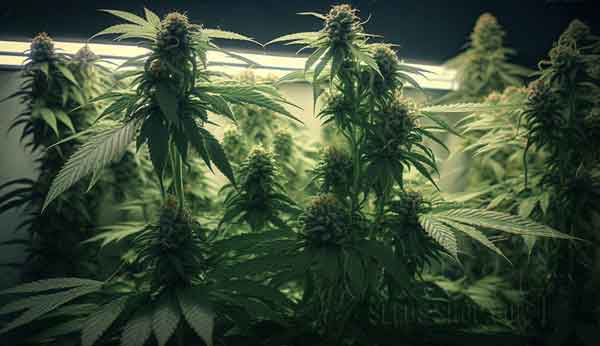Harnessing Nature’s Performance: The Environmental Rewards of Autoflower Hashish Cultivation in Canada
In the latest yrs, the cultivation of hashish has emerged as a sizeable agricultural endeavor, significantly in Canada, in which progressive legislation has paved the way for a burgeoning industry. Amidst this progress, the adoption of autoflowering cannabis seeds stands out as a sustainable and environmentally welcoming approach to cultivation. In this short article, we delve into the ecological advantages of cultivating autoflowering cannabis in Canada, highlighting its role in minimizing drinking water usage, reducing power use, and decreasing carbon emissions as opposed to standard agricultural methods.
Understanding Autoflower Cannabis Cultivation
Autoflowering hashish crops are a marvel of nature’s adaptability. Unlike classic cannabis varieties, which rely on changes in daylight to bring about flowering, autoflowering strains quickly changeover from vegetative development to flowering just after a predetermined time period, ordinarily two-four weeks. This unique trait, derived from Hashish ruderalis genetics, offers quite a few environmental gains when cultivated in Canada’s numerous climates.
Decreased H2o Consumption
Water scarcity is a rising problem globally, and agriculture is a key contributor to water depletion. Standard cultivation strategies normally involve in depth irrigation systems to sustain plant expansion, notably in regions with arid or semi-arid climates. In contrast, autoflowering hashish demands substantially significantly less drinking water all through its lifecycle.
Autoflowering vegetation have shorter vegetative phases in comparison to their photoperiod counterparts, ensuing in minimized water specifications through this critical advancement phase. Additionally, their compact dimension and accelerated growth price enable cultivators to make use of water extra efficiently, minimizing wastage and conserving important methods. In a place like Canada, the place h2o conservation is paramount, the adoption of autoflowering hashish cultivation can contribute to sustainable water management methods.
Decrease Electrical power Utilization
Electricity consumption is another significant thing to consider in modern day agriculture, with conventional indoor cultivation strategies generally relying intensely on synthetic lights, heating, and ventilation methods. These power-intense operations lead to greenhouse gasoline emissions and environmental degradation. Autoflowering cannabis cultivation features a extra strength-productive option, notably in Canada’s northern areas wherever indoor escalating is popular due to severe winters.
The rapid flowering cycle of autoflowering vegetation decreases the duration of synthetic lights essential for optimal expansion. see here interprets to lessen electric power utilization and lowered reliance on fossil gas-derived electricity resources. In addition, the compact dimension of autoflowering crops lets for more successful use of indoor area, even further optimizing energy utilization. By minimizing the ecological footprint affiliated with electricity-intensive cultivation practices, autoflower hashish cultivation aligns with Canada’s commitment to transitioning to a greener and more sustainable upcoming.
Reduced Carbon Emissions
Carbon emissions from agricultural routines contribute considerably to local climate transform, exacerbating environmental issues this kind of as global warming and habitat destruction. Conventional farming techniques, which includes the use of significant equipment, synthetic fertilizers, and long-length transportation, lead to carbon emissions at numerous stages of the supply chain. Autoflowering hashish cultivation offers a signifies to mitigate these emissions and market carbon neutrality.
The compact measurement and shorter progress cycle of autoflowering crops decrease the want for large-scale mechanization, reducing the carbon footprint affiliated with agricultural machinery. In addition, the decentralized character of autoflower cultivation permits small-scale, local manufacturing, cutting down the reliance on extended-distance transportation and associated emissions. By embracing autoflowering hashish cultivation, Canada can bolster its attempts to cut down carbon emissions and combat weather adjust when supporting nearby economies and fostering local community resilience.
Conclusion
In conclusion, the environmental positive aspects of autoflower cannabis cultivation in Canada are manifold. From reduced water usage and lower energy use to lowered carbon emissions, autoflowering strains present a sustainable and eco-helpful alternative to common agricultural procedures. By harnessing nature’s efficiency and embracing innovation in hashish cultivation, Canada can pave the way in the direction of a more resilient and environmentally mindful long term. As the cannabis field continues to evolve, prioritizing sustainability will be critical in making certain extended-time period viability and minimizing its ecological impression. Through collaboration, innovation, and a determination to environmental stewardship, autoflower cannabis cultivation can perform a pivotal part in making a greener and far more sustainable Canada for generations to occur.
